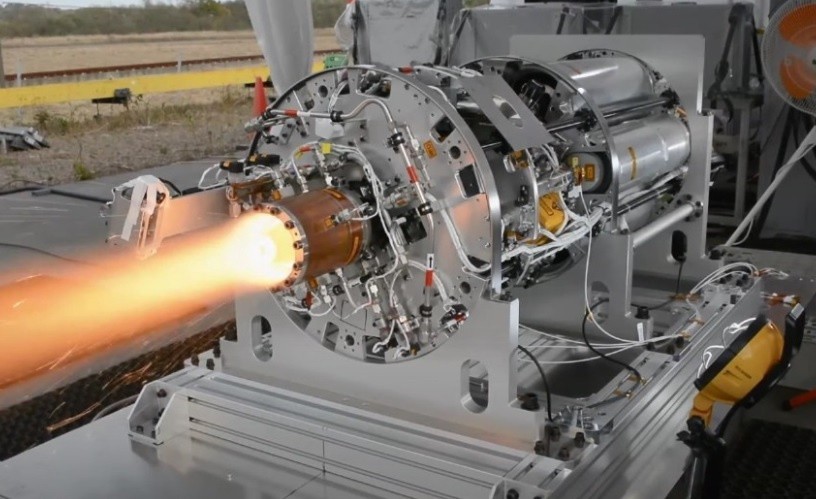Japan has successfully finished an experiment involving a rocket engine in space. The demonstration made use of the rotating detonation engine (RDE), which generates an explosion upon the reaction from oxygen and fuel.
JAXA Completes Rocket Explosion Test in Space

For those who are not familiar with RDE, the component can be enabled through a series of detonations.
The recent experiment of the Japanese Aerospace Exploration Agency (JAXA) showed success in the demonstration of a rocket engine explosion. The team also found out that the test would be a big help to space transportation.
According to JAXA, what they did was a possible key to explore more about deep space exploration. By hitting extremely high frequencies ranging from 1 to 100 kHz, the process gave rise to the emergence of compression and detonation waves.
In addition, this demonstration has paved the way for the detonation engine to decrease the weight of the rocket engine while adding up the reaction speed.
Moreover, the Japanese scientists also aimed to develop the performance of the engine.
Rocket Engine Housed in No. 31 Vehicle
In an article written by Japan Times, the rocket engine was contained by the No.31 vehicle, a space rocket belonging to the S-520 sounding rocket group.
JAXA said that at nearly 5:30 AM in the Uchinoura Space Center, Kagoshima Prefecture, the vehicle took off on July 27.
Upon reaching 235 kilometers within the first four minutes of the release, the vehicle hit the southeast area of Uchinoura in the sea. The duration lasted for about eight minutes.
At the time, JAXA was collecting the data carried in a capsule. The Japanese space team retrieved it after it touched the water.
After a triumphant demonstration of the rocket engine explosion, Japan saw this opportunity to be useful in some cases. In the long run, this would be beneficial to JAXA when setting up experiments in deep space exploration.
Additionally, the crew would also be able to conduct multi-stage tests for the engines in the future.
Outside the deep space exploration, JAXA was looking forward to utilizing what they learned for many scientific demonstrations. They could use the knowledge to improve their planetary preparations ahead of time.
Besides JAXA, the US Navy has shown interest in exploring the capability of RDEs in space. Many American organizations believed that the experiment would aid them to stick with the cost-efficient consumption of fuel for some automobiles.
Last year, some engineers from the US Air Force said that they succeeded in their 271 N RDE tests. The experiment involved the use of oxygen and hydrogen fuel, as per Auto Evolution.
Read Also : Japanese Space Junk Clean Up Mission Fails, Dangerous Debris Still Swirling Around Earth
JAXA's Collaborations With Other Agencies
JAXA has been known to participate in many space collaborations with other firms. Its enthusiasm to create a useful robot for the 2029 lunar mission has finally happened, thanks to Sony, Doshisha University, and popular toymaker, Tomy.
Last May, the Japanese space agency announced that the small rover would be "ultra light-weight" for its size as it only weighs about 250 grams. The robot would be in a running position on the lunar surface in the next few years.
In 2014, JAXA also collaborated with NASA to boost its campaign for informative weather predictions around the world.
Read also: JAXA Scientists Transmit Wireless Power Through 170 Feet Of Air: Next Up - Orbital Solar Farms
This article is owned by Tech Times
Written by Joseph Henry
ⓒ 2025 TECHTIMES.com All rights reserved. Do not reproduce without permission.




